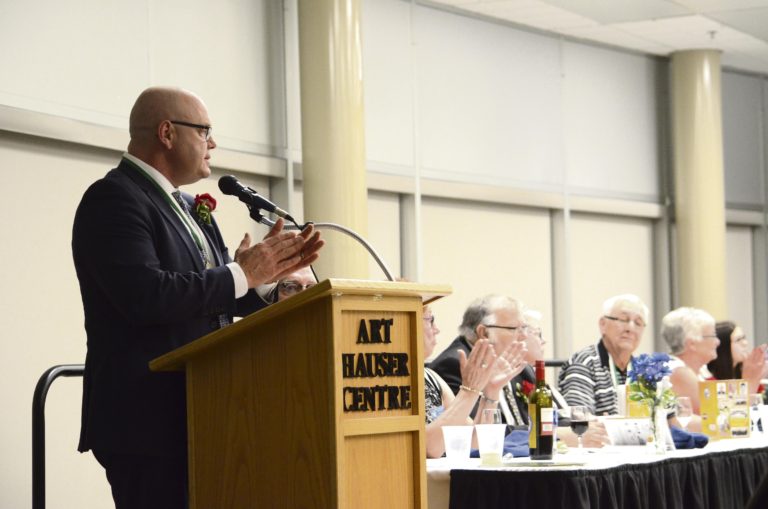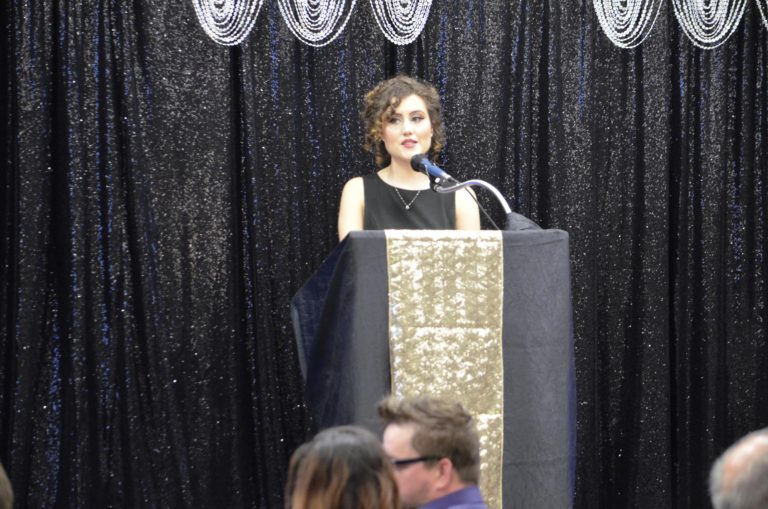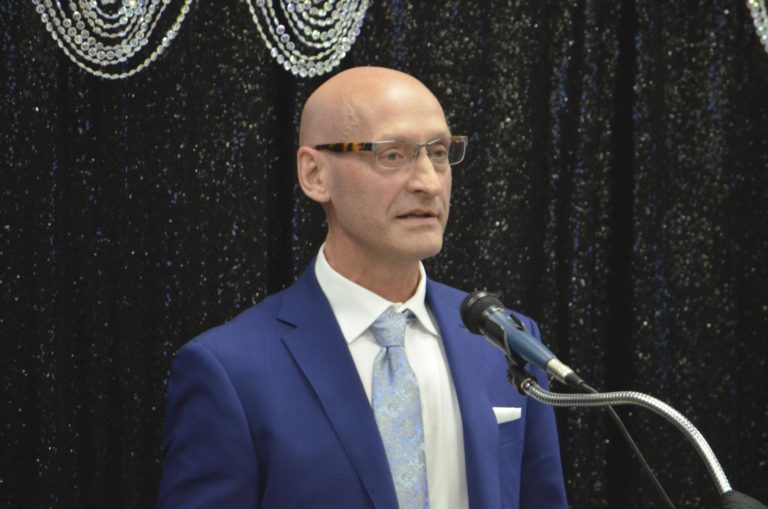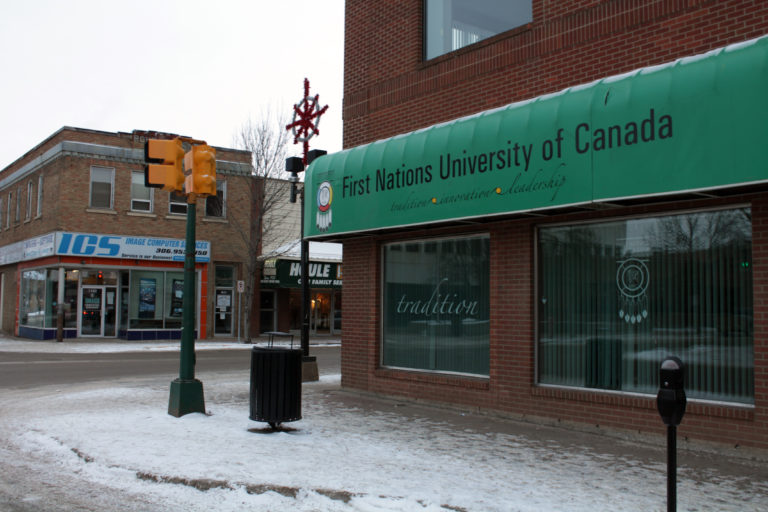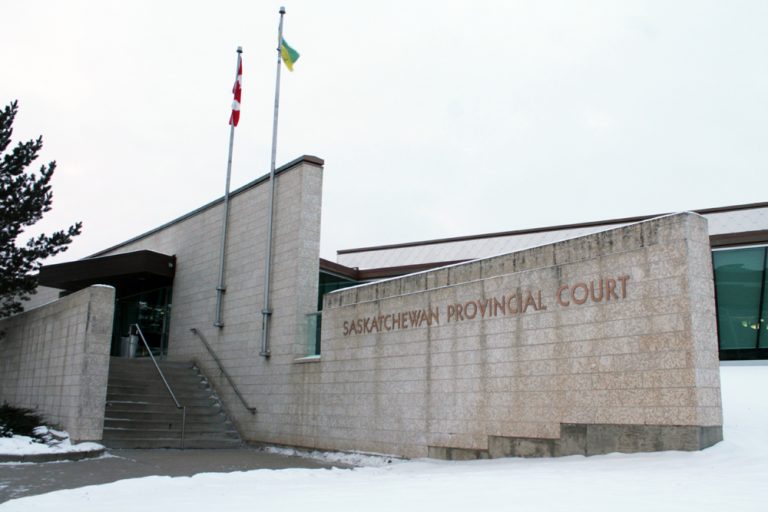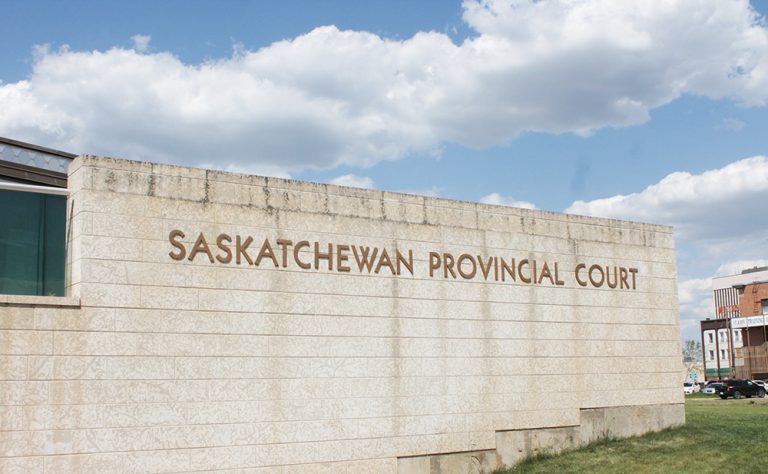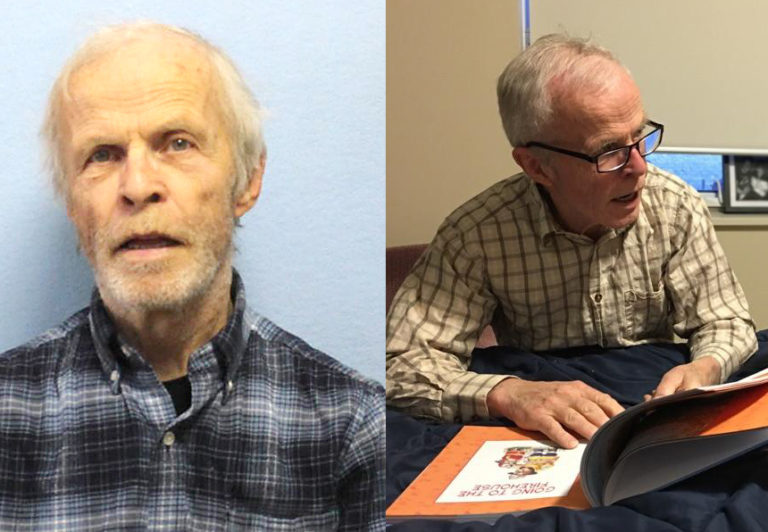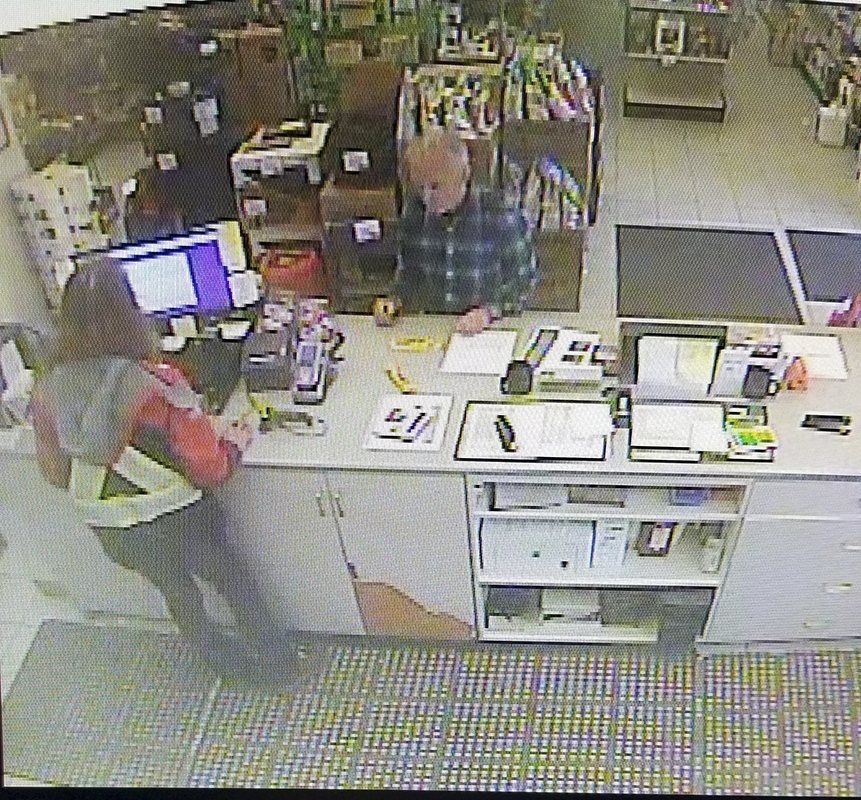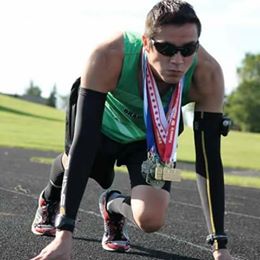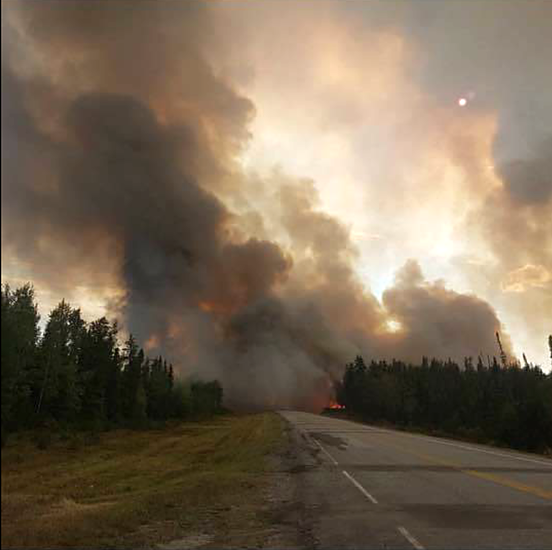Community clebrates accomplishments and family at Sports Hall of Fame induction ceremony
One thing was made abundantly clear Saturday night — the sports world is just one family.
That family of sportsmen and women, coaches and volunteers gathered to celebrate their very best at the annual Prince Albert Sports Hall of Fame induction ceremony, held at the Ches Leach Lounge. Seven inductees were honoured as was the Prince Albert Minor Football Association, named the sport association of the year.
The honourees were welcomed as athletes, builders and for meritorious service. Sometimes, they were welcomed in more than one category.
The stage got crowded at times, as large groups such as the 1999-2001 prince Albert Aallcann Astros came up to receive their medals.
Other times, the night got emotional, as family of the late George Sinclair recognized all the work the volunteer did for his community. Sinclair was honoured not only for his work as a coach of hockey, baseball and fastball, but also for his work as caretaker at Parkland Hall, mentor for kids playing hockey and creator of a breakfast program for underprivileged children.
He was represented at the awards ceremony by his wife, Pat, and his nephew, Donny Parenteau.
Pat said she was “honoured” to receive the citation on behalf of her late husband. His whole life, she said, was about dedication and the love of sport.
“One hundred per cent” she said. “He loved everything about it.”
The evening was also a special one for Manny Primeau. He was inducted in the athlete category, the third member of his family to receive a sports hall of fame nod. His brother-in-law Peter went in for golf and his brother Doug was inducted last year. But it all started with his Uncle Reg.
“He set the table for all us Primeaus,” Manny said.
That’s one of the great things about sport, Manny said. It’s all about family.
“A lot of the team sports are family-oriented. to me, team sports re a family. You make friends with your teammates. Those friendships last while you’re playing ball or whatever sport, and after that, you’re friends for life. I can count on one hand the number of kids that were playing sports that got into trouble. You made friends, you hung out together, you didn’t get into trouble at night and w=you were friends for life.”
Manny’s love for sports and for team also inspired other inductees in attendance. Former police chief Dale McFee was inducted as an athlete and as a builder. He was chosen to speak on behalf of all of the inductees, and included a passage from Manny in his speech.
“The sum of the parts is always greater than the individual parts,” McFee said, quoting Manny Primeau.
“In addition, we’re unique. Some of us are more fortunate than others. For some of us, this was an escape from other things. The thing that kept us on the straight and narrow was our commitment to each other, our extended family.”
McFee spoke at length about the Prince Albert sports family.
“It’s not about you, it’s not about the individual. It’s about the game and it’s about the people who develop from the game. It’s the people you meet along the way,” he said.
Sports play a large role in helping our kids, but we can never lose sight of the fact that none of us is bigger than the game. George Sinclair was an excellent example of this. How many people have started a breakfast program on their own time and own effort? The time that he and Pat put into that helped the kids, the less fortunate kids at Parkland Hall. Those are things that change communities. They’re not just sports. They change communities.”
After the ceremony,McFee reflected on what makes sport so powerful.
“It’s the bond,” he said.
“Even today when I’m hiring you’re looking for the candidate what thrives in a team environment, knows what it is to make a commitment, whether it’s an individual or a team sport, what it is to give something up for the betterment of whatever you’re trying to accomplish.
“That commitment and dedication and what it takes to succeed at a high level is an ingrained quality. Learned skills like that are really important.”
But while much was said Saturday night about the power and importance of sport, the evening was about celebrating the sporting successes in Prince Albert. Athletes and coaches honoured that evening have combined for several provincial and national championships, as well as appearances on the world stage. Builders, volunteers and meritorious service inductees have impacted the lives of thousands, some of whom have gone on to professional sports careers.
The inductees themselves also remember the others who have stopped through Prince Albert on a way to a successful sporting career, whether in hockey or other athletic endeavors. According to Primeau, it’s a testament to the quality of the many sports organizations and associations Prince Albert enjoys.
“All these minor organizations have produced good teams,and these teams have gone onto win provincials or Canadians, doing well there as well,” he said.
“
It’s the organizations themselves, and the coaches they have that have proven successful over the years.”
For McFee, it goes deeper than the individual organizations. It goes to the fabric of the community itself.
“If you look at the community, it’s in the fibre,” he said.
“It’s got great facilities, it supports the culture, it supports the sports and really, it gets pretty cold here in the winter so hockey is a thing where people can go, come out to the rink, bond together and cheer on their team.”
Looking at all the success, McFee credited all the supporters, including coaches and sponsors.
“It’s a combination of things,” he said. “You don’t get there as individuals without people putting countless ours into the coaching and sponsorship.”

